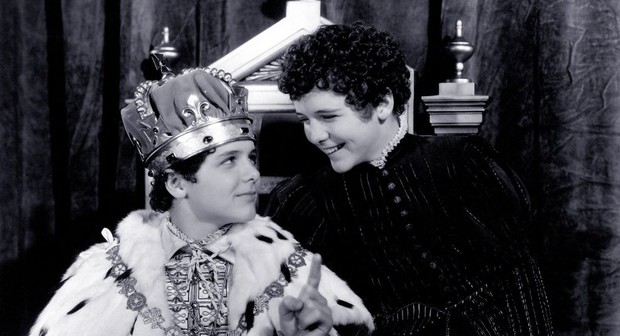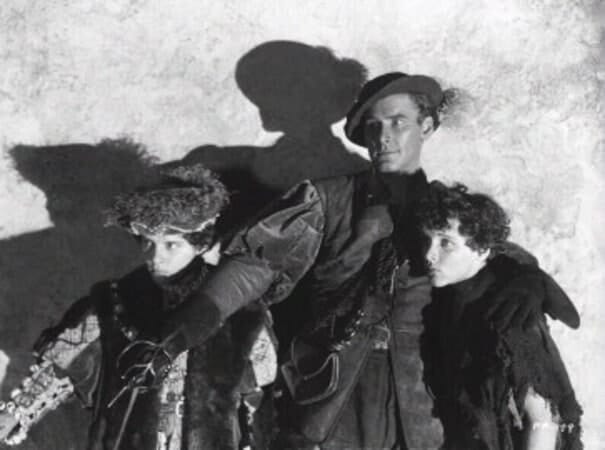The 1937 film adaptation of “The Prince and the Pauper” brings Mark Twain’s timeless tale to the silver screen. This classic story of mistaken identity and adventure has captivated audiences for generations, and the film version remains a beloved adaptation.
Overview of the Film
Directed by William Keighley and starring Billy and Bobby Mauch in the lead roles, “The Prince and the Pauper” (1937) is a historical adventure film that captures the essence of Twain’s novel. Set in 16th-century England, the film follows the lives of two boys who are identical in appearance but worlds apart in status: Edward VI, the Prince of Wales, and Tom Canty, a pauper from London.
Prince And The Pauper 1937: Plot Summary
The story begins with the prince and the pauper accidentally meeting and deciding to switch places. As they exchange clothes, their resemblance confuses everyone around them. The prince experiences the harsh realities of life on the streets, while Tom navigates the complexities of royal life. This switch leads to a series of adventures and misadventures, all while highlighting themes of justice and social inequality.
The Cast of The Prince and the Pauper (1937)
The film features an impressive cast that brings Twain’s characters to life. Billy Mauch plays Tom Canty, while his real-life twin brother Bobby Mauch portrays Edward VI. Their performances are pivotal, as they convincingly portray the challenges and emotional transformations each character undergoes.
Supporting the Mauch twins, Errol Flynn delivers a memorable performance as Miles Hendon, a nobleman who becomes the prince’s protector. Claude Rains, known for his exceptional character acting, takes on the role of the villainous Earl of Hertford. The cast’s dynamic performances contribute significantly to the film’s enduring appeal.
Prince And The Pauper 1937: Cinematic Elements
“The Prince and the Pauper” (1937) is celebrated not only for its engaging storyline but also for its production values. The film’s set design and costumes authentically recreate 16th-century England, immersing the audience in the historical period. The cinematography and direction expertly capture the contrasts between the opulence of the royal court and the gritty reality of London’s streets.
Legacy and Impact
Since its release, “The Prince and the Pauper” (1937) has been praised for its faithful adaptation of Twain’s novel and its exploration of themes relevant to both its contemporary audience and modern viewers. The film is a testament to the power of cinema to bring classic literature to life and continues to be a favorite among fans of historical adventure films.
This adaptation of “The Prince and the Pauper” remains a significant work in the canon of classic films, offering a glimpse into societal structures through the engaging narrative of two boys from vastly different worlds. Whether you’re a fan of Mark Twain or classic cinema, this film is a must-watch for its storytelling and historical portrayal.


